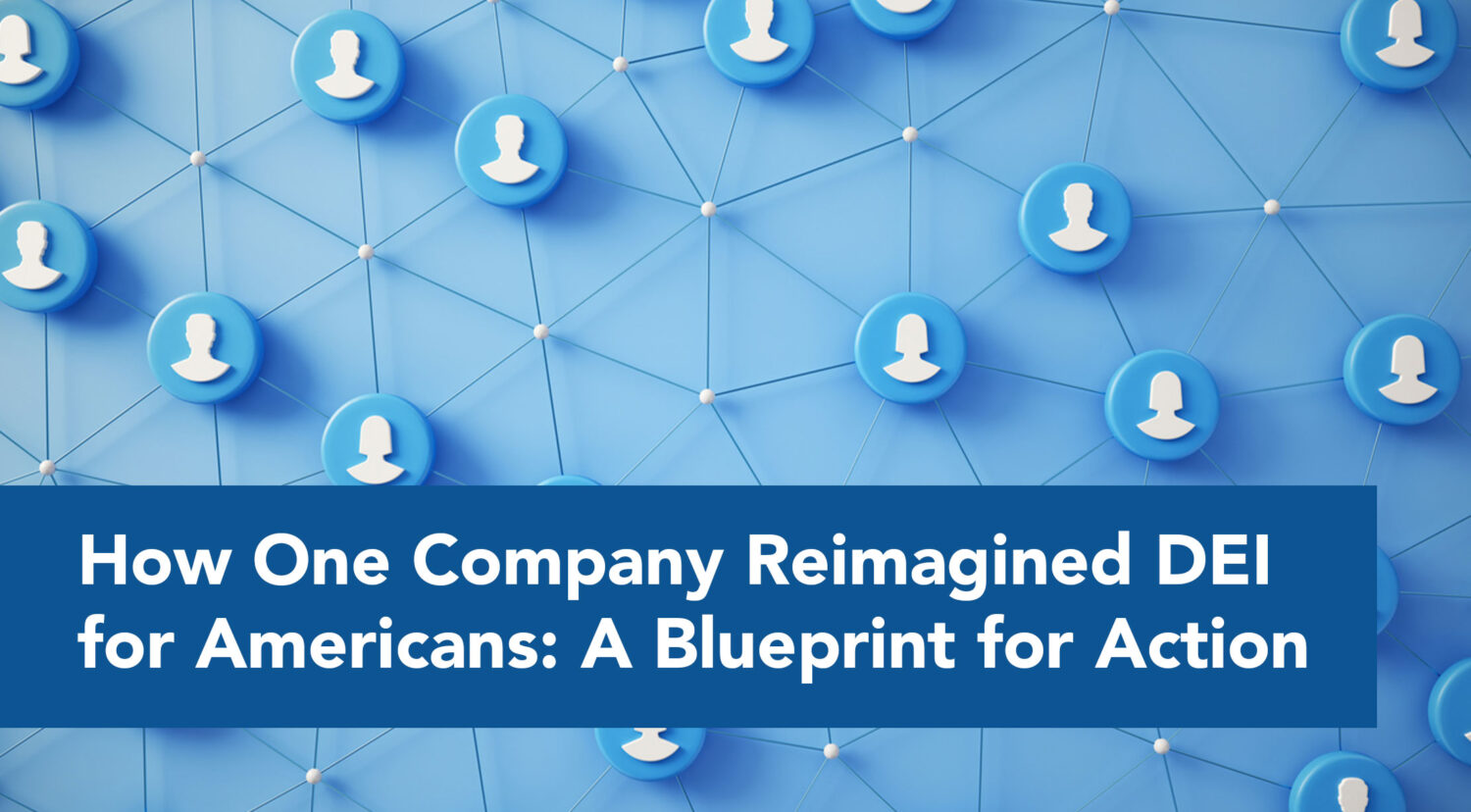In addition to the earlier discussion of Baldor Electric, which recently settled discrimination claims for $2,000,000, and Director Shiu’s press release quote, I would to point out something else that was very interesting that the OFCCP usually doesn’t do: State the total values of the contracts the offending contractor has with the government. In Baldor’s case, it was stated that they currently hold contracts worth more than $18 million, and have in the past completed contracts totaling $79 million.
Although we can look up those amounts for most federal contractors, the OFCCP’s putting it into a press release reminds us that if you’re not willing to comply with AAP requirements because it’s the right thing to do (which it is), then do it because you may otherwise risk losing a significant revenue stream.
Let’s do some math:
Baldor agreed to pay 11% of the $18 million in current contracts. That’s a big percentage. I hope that isn’t a big chunk of their gross operational costs. It could have been worse: What if they couldn’t come to an agreement and Baldor was disbarred from current and future contracts? Could that have lost them a future $79 million?
If, instead, they had made sure they had enough in-house resources to keep organized records and the applicant-through-hiring process compliant—probably a few thousand dollars depending on staff levels—and also hired an AAP consultancy (*ahem*), they may have gotten through their audit with a slap on the wrist instead of a $2 million settlement.
Just like with the Pepsi and FedEx cases, it appears Baldor was very cooperative with the settlement and will make a concerted effort to comply. But if they don’t, in two years’ time they can risk losing those future contracts.
Here is some less exact but equally compelling math: several thousand dollars each year of preventative activity is less than millions of dollars in settlements or tens of millions in lost contracts. Much, much less.





